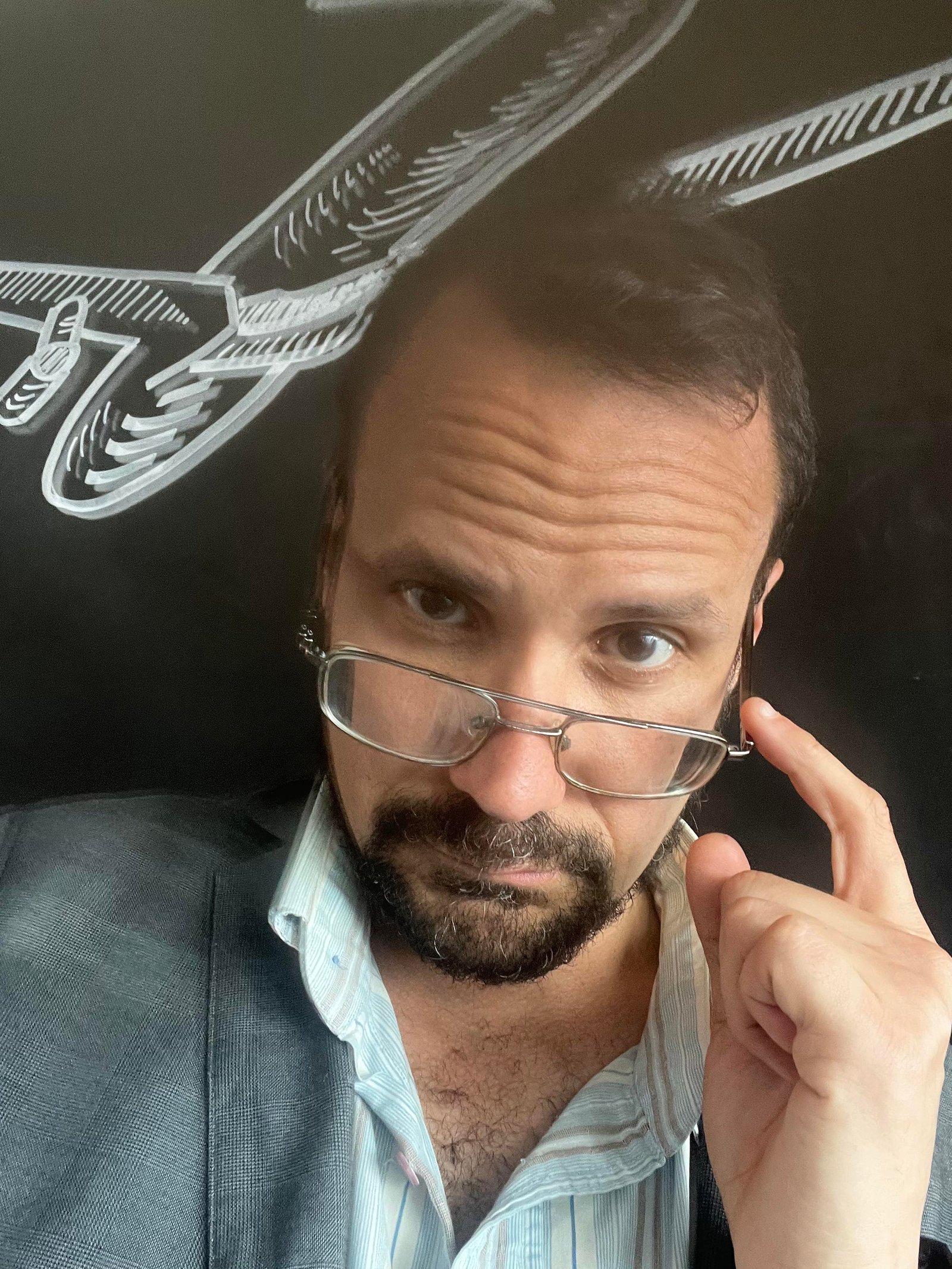




In a remote and cold coastal town in Chile – presumably in the far south of the country – Sister Monica dwells with four priests who have retired from church and society because they have committed crimes. Three of them, all of them homosexuals, abused children, while the fourth one snatched babies from teenage mothers and handed them to the wealthy. The “club” is a purgatory for erring priests.
The Club is a film painful and excruciating to watch not because it was poorly made, but because of the graphic detail, mostly in the dialogues. The conversations are callously descriptive of the abuse perpetrated by the ‘pious’ men, reminding viewers that words too can be extremely powerful and violent. Alma (Bibi Andersson) does that in Ingmar Bergman’s Persona (1966) when describing sex with a stranger (many countries refused to translate the Swedish dialogue at the time), but Larraín does it in the context of non-consensual interaction.
The rape of children is described through vivid and clinical vocabulary: the glans, the foreskin, the forces anal and oral penetration, they are all in there. Smells, sounds and even the salty taste of sperm are also evoked.
The retired, ageing priests are forced to confess their crimes to a younger priest sent by the Vatican. In addition, a victim of another molesting priest consistently haunts them by shouting out his clear-crystal memories at their windows. His abuser committed was meant to live at the home, too, but he committed suicide upon arrival at the beginning of the movie.
Most of the action of the film happens in secrecy. The sister and the priests are never hesitant to conceal their dark secrets from the rest of the world, even if they have to lie or murder someone. They are intrinsically corrupt and manipulative. The visiting priest is forced to accept their crimes and is easily dissuaded from closing down the home when the sisters threatens to expose it all to the media. All is acceptable in name of the Catholic Church.
The events that inspired the film and much of the plot are highly secretive. The criminal material is very toxic, both on- and off-screen. Larraín explains: “because the film is about the operations that the Catholic church carries out in a secretive, silent way, the materials we obtained through investigation had to be collected through unusual methods, since the internet and other classic methods were rendered useless.”
The problematic highlighted in the film lies in the sexually egodystonic doctrine of the Catholic church, which does not allow for the clergy to engage in sex, particularly if homosexual. As a consequence, it is particularly through these actions that the religious men achieve pleasure and even enlightenment. One of the men claims that it was only “through wretched and dirty gay sex” that he could “see the light”. The writing is on the wall: it is impossible to reconcile sexuality with Catholic faith.
Despite being removed from society, these men are largely unrepentant about their actions and arrogant about their place in the hierarchy. They do not seem deranged or depressed. Impunity has empowered them with a new sense of life.
Paedophilia in The Club is invariably linked to homosexuality, which could harm the LGBT community and further stigmatise same-sex male relations. DMovies hazards a guess that Larraín isn’t a homophobe himself, but his intentions could backfire here.
The Club was out in UK and other European cinemas on Good Friday, and it is available on DVD and Blu-ray on May 30th. Watch the film trailer below:
.











